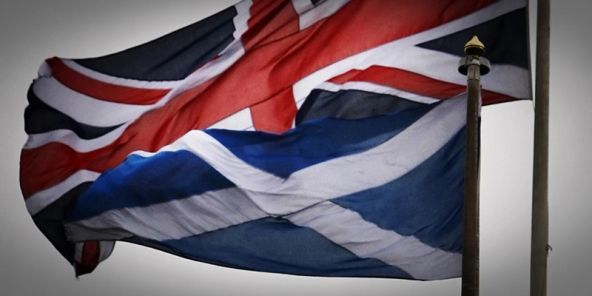Rumours suggesting David Cameron could stage his own independence referendum if Alex Salmond refuses to hold the vote on the PM’s terms have been dismissed by the First Minister.
It has been claimed that the Prime Minister is keen to ”keep open the option” of his own ballot ahead of Mr Salmond’s proposed referendum in 2014.
The SNP’s apparent determination to include a second question on the voting paper to feature a so-called Devo Max option has angered those in Westminster’s corridors of power, leading to the suggestion Mr Cameron could intervene.
Senior Westminster sources are understood to have confirmed there is space in the legislative programme to enable a London-organised independence referendum in 2013.
But Mr Salmond insisted he was unconcerned by the speculation.
He stated that the nation’s future should be decided ”in Scotland by the Scottish Parliament” and blasted the Westminster coalition for failing to come up with any realistic alternative to independence.
”This sounds like more sabre rattling from the Tory-led anti-independence campaign,” Mr Salmond said. ”They (the rumours) are at odds with the public position of the Prime Minister and the Secretary of State for Scotland.
”The terms and timing of the referendum must be decided in Scotland, by the Scottish Parliament not dictated by a Tory-led government at Westminster and the Prime Minister has already conceded the autumn 2014 timescale.”
Mr Salmond insisted he remains confident of a yes vote in the referendum.
The SNP hierarchy is thought to be keen on adding a second question to the ballot paper concerning further powers for Holyrood as there remains strong support for more devolution.
Likewise, opposition parties are equally keen to keep such a question off the paper, confident in their belief voters would rather vote for no change at all than full-blown independence.
Photo by Danny Lawson/PA Wire
